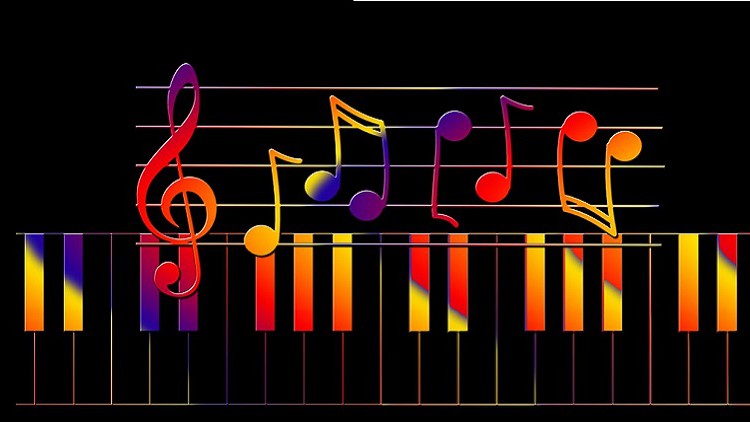
Practical Sheet Music Explained For Any Musician
What you will learn
You will be able to understand sheet music, lead sheet, and chord charts
You will be able to confidently read your note names with or without an instrument
You will be able to read and count out timing of sheet music
You will be able to read multiple notes at the same time
Read Dynamic marks and symbols that you find in music
Description
Sheet Music is music written down on paper (or Computer.) Just like reading to read and write your language is important, reading and writing music is important. I take you step by step to understand how to read sheet music. This course doesn’t pertain to a certain instrument so no matter what instrument you play you can benefit from this. This is a great step in playing, writing, or just enjoying music more.
This is an:
- Easy way to get better at any instrument
- Simple way to understand how to read sheet music
- Important step to become an intermediate musician
- Fun way to explore new music you haven’t heard before
- Good way to play with other musicians
Whether you play piano, guitar, ukulele, banjo, recorder, ocarina, kalimba, or just sing this course can help you become better and send you on your journey into music. Sometimes people think learning sheet music is boring and takes the creativity out of music but it doesn’t have to be. Learning sheet music allows people to more easily understand what is going on and adapt more easily.
If you take a little time to put into learning sheet music every new instrument you learn will be easier.
You can do it anywhere, learning sheet music doesn’t require an instrument. You can do it:
- At work
- At school
- On a Bus
- On a train
- While your boring sibling is watching a show you don’t really enjoy
- Anywhere
Content